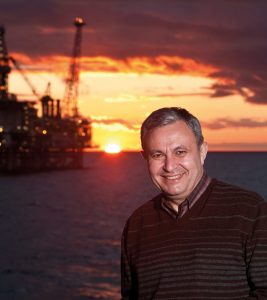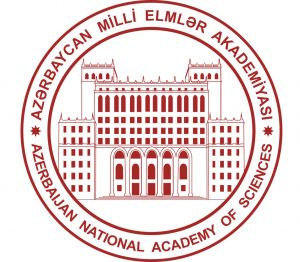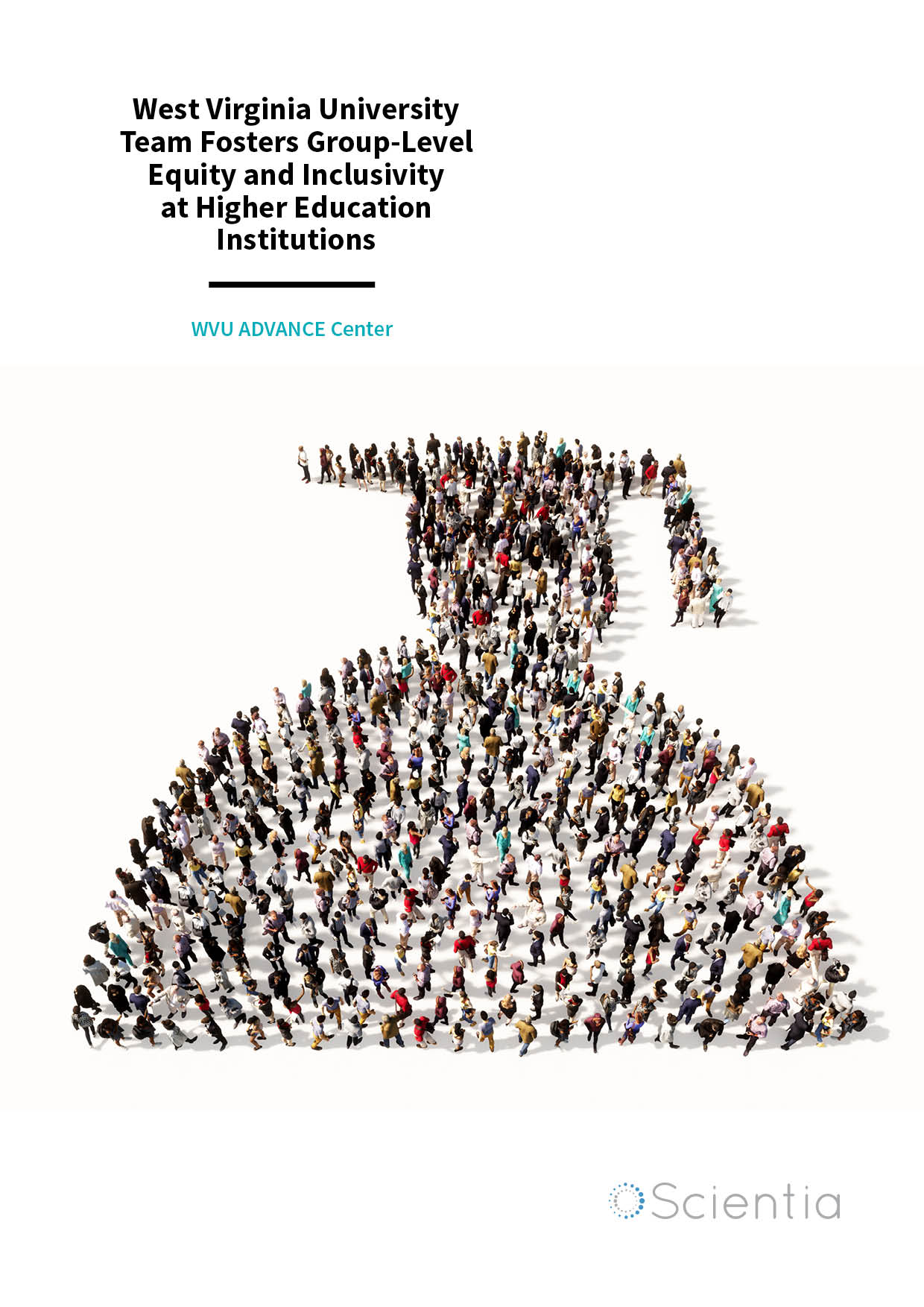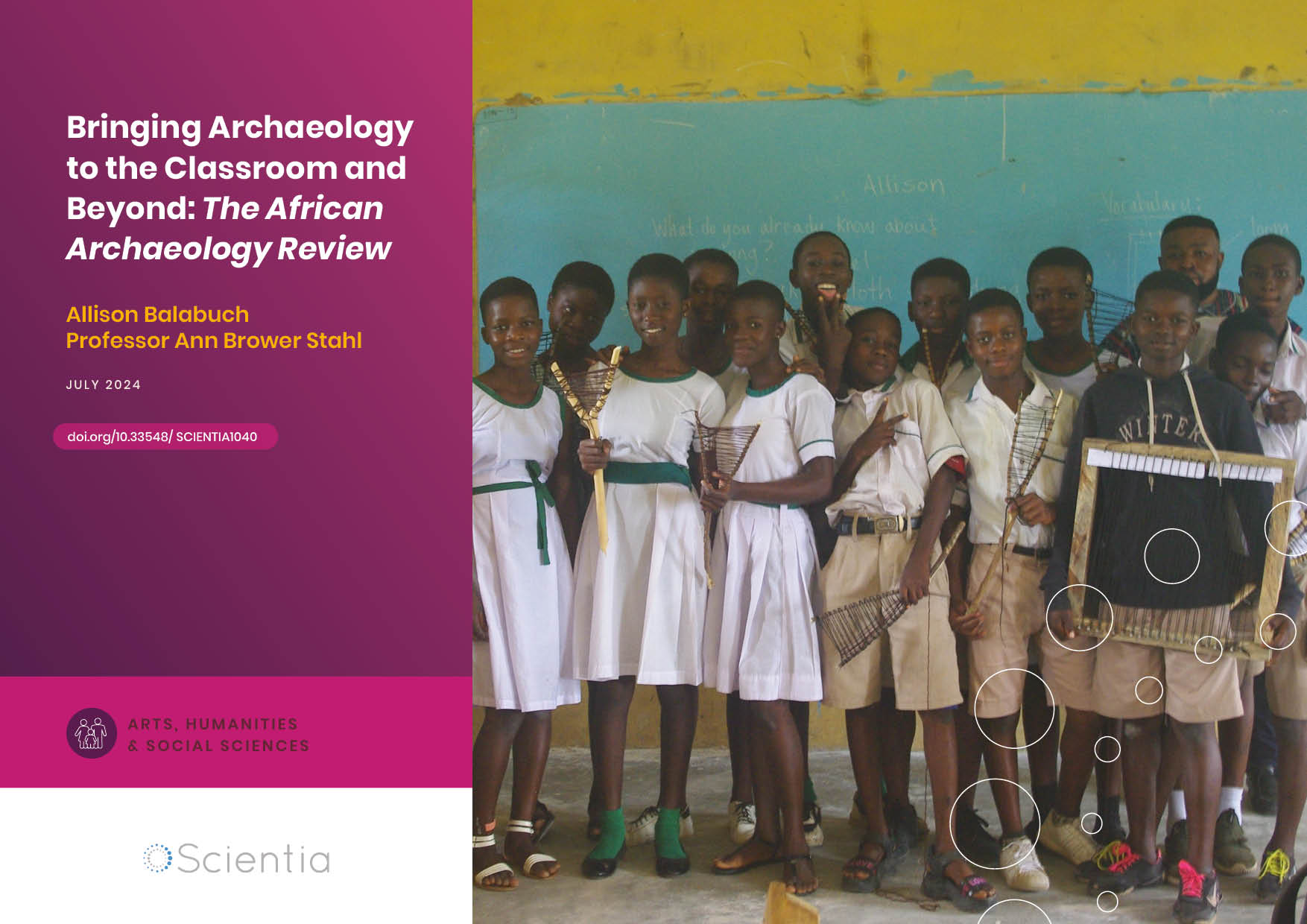Dr Hatam Guliyev | Dr Rashid Javanshir – The Nonlinear Earth: Correcting a Long-Outdated Theory
Although the theories researchers use to describe the structural properties of Earth’s interior have now persisted to decades, the assumptions they make are far from realistic. Through their research, Dr Hatam Guliyev and Dr Rashid Javanshir, both of the National Academy of Sciences in Azerbaijan, have integrated concepts from both mechanics and Earth sciences to produce ground-breaking new theories about Earth’s ‘nonlinear’ properties. Their discoveries have yet to be widely accepted by the scientific community, but through concerted collaboration efforts, they hope that their ‘non-classically linearised’ approach could soon become a key aspect of geophysical research.
Observing Earth’s Interior
Over several centuries, researchers across numerous different disciplines have used innovative techniques to determine the structural properties of Earth’s interior. Through this work, we are now aware that our home planet has a layered structure: containing a solid inner and liquid outer core; a solid mantle; and a solid outer crust. Our knowledge of this structure is based around measurements of how waves travel through Earth’s interior, and become distorted by different types of material.
Researchers can carry out this analysis through detections of seismic waves originating from large-scale geological events, including earthquakes and volcanic eruptions. By measuring the properties of waves emanating from single events at different points across Earth’s surface, these researchers can determine how they were changed as they passed through different layers of the planet’s interior.
From the turn of the 20th century, geophysicists had used these techniques to develop sophisticated theories about the Earth’s interior structure, and how it evolves over time. In the following decades, these ideas were integrated with different theories across numerous fields of Earth science, enabling our understanding to progress even further.
Strengths and Weaknesses of the PREM
In 1976, these efforts culminated in a theory named the ‘Preliminary Reference Earth Model’ (PREM) – first proposed by US geophysicists Adam Dziewonski and Don Anderson. Widely seen as a breakthrough at the time, this model considered each of Earth’s interior layers to have their own distinct, unvarying characteristics. Most importantly, it presented linear formulae to illustrate how material properties including density, pressure, and gravity changed at varying distances from the centre of the Earth, accounting for the influence of each layer.
In the decades since its conception, the PREM has seen little change, and has now become a ubiquitous element across many branches of Earth sciences. Amongst the many successes of the model are its ability to determine the positions of the boundaries between different layers of Earth’s interior, as well as predictions of how the strength of Earth’s gravitational pull will vary at different depths. Yet despite this success, the model was not built to last. Even as Dziewonski later wrote, the very word ‘preliminary’ implied that the PREM was only supposed to provide approximate predictions of the Earth’s interior, until a better model was created.
Although the model’s discoveries have fundamentally sculpted our view of Earth, its many shortcomings have now lingered for decades. Today, seismologists and geophysicists using increasingly accurate equipment are finding that their observations no longer perfectly match up with the predictions made by the PREM, which should be casting serious doubts about its accuracy. So far, however, efforts by the wider Earth sciences community to correct these issues have been all but non-existent.

Accounting for Nonlinear Properties
In many natural systems, waves undergo ‘nonlinear’ propagation as they travel through different materials. Broadly speaking, this means that the properties of waves, which have passed through the systems, show no clear relationship with the properties of those that entered. Therefore, even though they do in fact obey strict physical laws, nonlinear waves can appear to exhibit chaotic, unpredictable behaviours – wholly unlike the clean mechanical laws described by Newton. Because of this, these waves are described as displaying ‘non-classical’ mechanics. If researchers don’t account for these properties when making predictions about nonlinear systems, their results can incur significant inaccuracies.
According to Dr Hatam Guliyev and Dr Rashid Javanshir, the PREM is deeply flawed in its inability account for these properties. The duo first met in the 1980s at the National Academy of Sciences in Azerbaijan, which was then part of the Soviet Union. Their collaboration was unusual: while Dr Guliyev was well known for his research in mechanics, he was first introduced to the field of Earth sciences by Dr Javanshir, whose background was in geophysics. In their earliest collaborative research, the duo proposed that waves passing through Earth’s interior couldn’t be obeying simple mechanical laws – contrary to assumptions made by a vast majority of studies at the time.
As an alternative, the researchers argued that these waves must experience nonlinear propagation, which would mean that the PREM’s predictions are significantly diverged from reality. In the following years, Dr Guliyev and Dr Javanshir began to map out the shortcomings of the PREM, and proposed how they could be amended. Through this work, they have now pioneered new approaches to account for Earth’s nonlinear properties – based around the integration of Earth sciences with the separate field of non-classical mechanics.
Introducing a New Model
To build their theories, the two researchers have focused on defining the non-classical mechanical properties of deforming solid bodies. Their ideas are based on the fundamental principles of nonlinear elasticity – which relates to how nonlinear materials temporarily deform as waves propagate through them. In the PREM, Earth’s material properties at given distances from its centre are assumed to be the same globally, no matter where they were measured.
Through their updated model, named the ‘non-classically linearised approach’ (NLA), Dr Guliyev and Dr Javanshir approach the problem in three dimensions. By considering the behaviour of the Earth as a whole, with materials at similar depths displaying varying mechanical properties, this model removes the need for unnecessary mathematical complications.
In eliminating the flaws and inaccuracies associated with the PREM, the predictions made by the NLA can deviate significantly from past predictions of geological processes, including the propagation of seismic waves. For the first 10 kilometres beneath Earth’s surface, Dr Guliyev and Dr Javanshir have now shown that predictions made by the NLA and PREM can differ by as much as 30%. Deeper into the Earth, this difference could grow significantly higher still – but this remains a goal for future research. Ultimately, quantifying the Earth’s structural properties at these depths will require a vast amount of work.

Improving Our Understanding of Earth’s Interior
Moving forwards, Dr Guliyev and Dr Javanshir propose that future studies centred around their NLA should consider three key elements. Firstly, they propose that the model should be used to make a complete analysis of Earth’s structural elements, from crust to core, while accounting for the influences of oceans and continents on Earth’s surface. Secondly, the researchers call for an end to the use of classical theories when interpreting data; instead, assuming that elastic waves display nonlinear dynamics as they propagate through the Earth’s interior.
Finally, Dr Guliyev and Dr Javanshir hope to improve the methodologies and equipment used to collect and interpret geological and seismological data. By assuming from the start that their observations are a result of nonlinear properties, they can adapt their techniques to greatly improve their predictions. Through these efforts, the duo hopes that a more realistic understanding of Earth’s interior, and its ongoing evolution, could finally be reached. However, before these goals can be widely achieved, there are still significant barriers to overcome
A Lack of Collaboration So Far
Throughout their decades of research, Dr Guliyev and Dr Javanshir have produced an abundance of robust results – which have been published in hundreds of books and papers, and presented at numerous conferences. Yet despite this success, their theories have still not been widely discussed by researchers in the wider communities of Earth sciences. Ultimately, the duo believes that the acceptance of their theories has been hindered by a persistent lack of collaboration between researchers from different cultural backgrounds. This lack of discussion is deeply rooted in barriers between East and West, which defined the global political landscape when the researchers first began their collaboration.
Even decades after political shifts, and the rise of the Internet, have enabled researchers around the world to collaborate far more easily than ever before, the prejudices that defined this past era have continued to persist. Without sufficient efforts to alleviate the damage to scientific research imposed by these boundaries, long-outdated theories such as the PREM are still in ubiquitous use, even in the present day. According to Dr Guliyev and Dr Javanshir, this factor has been a significant hindrance to scientific progress. However, the picture may not stay this way for long.

Hope for Widespread Discussion
Despite numerous setbacks in the past, Dr Guliyev and Dr Javanshir are now hopeful that attitudes towards their research are shifting in the right direction, and are now increasingly being discussed. In 2019, their theories were finally published in the widely respected academic journal, Earth and Space Science – bringing their NLA model to widespread international attention for the first time. In the future, they now hope that this increased publicity could soon initiate new collaborations across numerous disciplines, and between global institutions, to study the NLA in the depth it deserves.
If these outcomes are achieved, they could finally consign the long outdated PREM to history, enabling new generations of researchers to explore the true nature of Earth’s interior properties. Ultimately, these efforts may one day lead to large-scale research programs spanning many decades, which will finally uncover the diverse nonlinear characteristics of our home planet.
Reference
https://doi.org/10.33548/SCIENTIA594
Meet the researchers

Dr Hatam H. Guliyev
Institute of Geology and Geophysics
Azerbaijan National Academy of Sciences
Baku
Azerbaijan
Dr Hatam Guliyev is a world-renowned representative of the S.P. Timoshenko Institute of Mechanics at the National Academy of Sciences of Ukraine, and a Full Member of the Azerbaijan National Academy of Sciences (NAS). In his earlier research, he pioneered new theories regarding the mechanics instability in the fracturing and cutting of deformable solids. He has since published over 400 books and academic papers, presented his work at international conferences, and supervised young scientists in their early research. Since 1988, Dr Guliyev has closely collaborated with Dr Javanshir to incorporate his ideas into the Earth Sciences, leading to groundbreaking theories regarding non-classically linearized approaches in studies of three-dimensional and nonlinear problems of Earth’s interior.
CONTACT
E: hatamguliyev@gmail.com
W: https://www.researchgate.net/profile/Hatam_Guliyev2

Dr Rashid J. Javanshir
Institute of Geology and Geophysics
Azerbaijan National Academy of Sciences
Baku
Azerbaijan
Dr Rashid Javanshir is a Corresponding member of the Azerbaijan National Academy of Sciences (NAS), who was one of the firsts in the former Soviet Union to establish close cooperation with geoscientists in the West. In 1988 he became the Scientific Director of NAS’s Institute of Deep Oil and Gas, where he negotiated joint research agreements with numerous companies in Canada, the US, and the UK. Since 1995, Dr Javanshir has occupied senior leadership positions in BP, including Regional President for Azerbaijan – Georgia – Turkey in 2009–2012, followed by Senior Vice President for Strategy and Integration in 2012–2015. He has published over 200 papers including 35 jointly with Dr Guliyev.
CONTACT
E: rashidjavanshir51@gmail.com
W: https://www.researchgate.net/profile/Rashid_Javanshir
FURTHER READING
HH Guliyev, RJ Javanshir, Once again on Preliminary Reference Earth Model, Earth and Space Science, 2020, 7(3), https://doi.org/10.1029/2019EA001007.

Want to republish our articles?
We encourage all formats of sharing and republishing of our articles. Whether you want to host on your website, publication or blog, we welcome this. Find out more
Creative Commons Licence
(CC BY 4.0)
This work is licensed under a Creative Commons Attribution 4.0 International License. 
What does this mean?
Share: You can copy and redistribute the material in any medium or format
Adapt: You can change, and build upon the material for any purpose, even commercially.
Credit: You must give appropriate credit, provide a link to the license, and indicate if changes were made.
More articles you may like
Dr Ralf Adam | New Technologies Shaping the Future of Oral Hygiene
Understanding the efficiency of various toothbrush technologies is essential for achieving optimal oral health. Dr Ralf Adam, who leads a dedicated team at Procter & Gamble in Germany, is keen to investigate the complexities of these technologies. His team have provided new insights into the best toothbrush types for plaque removal and the maintenance of gum health. By highlighting the importance of informed oral care decisions and ongoing investigations, this vital research works towards ensuring everyone can achieve a brighter, healthier smile.
WVU ADVANCE Center | West Virginia University Team Fosters Group-Level Equity and Inclusivity at Higher Education Institutions
Despite ongoing efforts to broaden participation in the academy, many groups remain underrepresented. More needs to be done to ensure that all faculty and students succeed in institutions of higher education. The WVU ADVANCE Center is an academic hub at West Virginia University, which provides services, events, mentorship opportunities, and other initiatives that promote the sense of belonging that leads to thriving faculty and students.
Dr Olalla Castro-Alvaredo | Measuring Entanglement: Symmetry-Resolved Entropy
Dr Olalla Castro-Alvaredo of the City University of London (UK) and her collaborators are advancing our understanding of an important phenomenon of quantum mechanical systems known as entanglement and, especially, its mathematical measures. Symmetry-resolved entanglement entropy is one such measure. Their study focuses on special quantum states which are excited with respect to a ground state. The research shows how the entanglement amongst quantum particles can be measured and assesses the contribution to the entanglement of quasiparticle excitations, particularly in the presence of additional symmetries.
Allison Balabuch – Professor Ann Brower Stahl | Bringing Archaeology to the Classroom and Beyond: The African Archaeology Review
The African Archaeology Review (AAR) journal recently celebrated its 40th anniversary. To mark this occasion, a special issue was compiled with an innovative theme: Archaeology for Education. To achieve this, the AAR editorial team assembled a group of academic researchers in archaeology with the proposition of writing articles collaboratively with educators that would make their research centred on Africa’s rich pasts accessible for use in school learning. The goal is to change the stories we tell about Africa both within and outside the continent.




